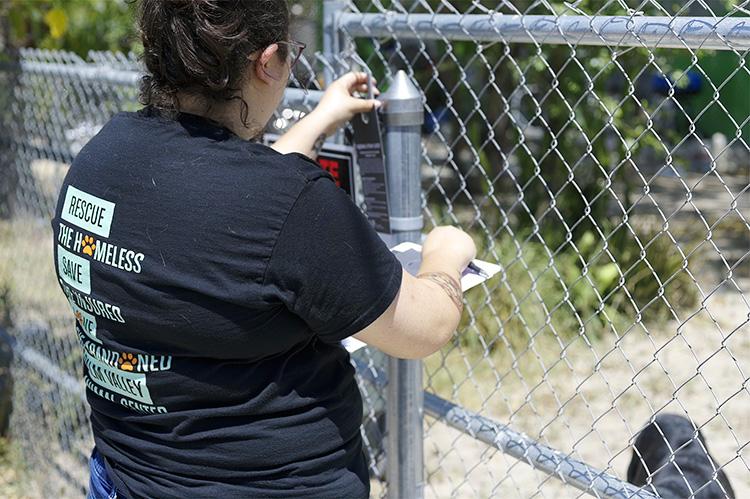Tabling and canvassing in your community

Note: This is a chapter in the Grassroots Advocacy Toolkit.
Tabling
Setting up a table and disseminating information at events organized by other groups is a good way to spread the word about your campaign, meet and talk to community members, get signatures for a petition and add names to your contact list. And as always, think outside the box so that you’re reaching a broad audience and not limiting your options.
A few tips for tabling:
- You’ll want to set up your table in locations with heavy foot traffic and a diverse audience, such as farmers’ markets, community fairs and busy shopping areas. Try tabling in neighborhoods you haven’t reached out to yet or at events hosted by groups that you think would make strong members of your coalition.
- Be sure to bring or have access to a table and chairs. Distribute educational materials about the campaign and ask attendees to fill out a sign-up sheet and sign any petitions or letters to local government officials that you have in progress.
- Be friendly and proactive. Don’t wait for people to approach you or ask you questions. Greet people as they walk by and try to engage them. If they happen to be wearing a cool cat T-shirt or have a dog with them, even better!
- Target community residents by tabling at places like a local recycling center on Saturdays. Since the only people who go to the recycling center are city residents, this is an easy way to reach a lot of people who actually live in the city. Bring information about your campaign and talk to residents about upcoming events and volunteer opportunities.
Canvassing
Canvassing is another great way to engage proactively with your community and get critical face-to-face time with people. Many groups go door-to-door, telling residents about the campaign and asking them to sign a petition, come to an event, check out a website or write a letter.
A few tips for canvassing:
- Recruit volunteers from your team to help canvass. For people who haven’t canvassed before, give them some training on what to say, what to bring and how to respond to questions. We recommend writing some basic talking points ahead of time and making sure your canvassing team is comfortable and familiar with them.
- Always go in pairs or groups and make sure the larger group knows which neighborhoods and streets each pair or group will visit. Also, be sensitive to the fact that you are coming to someone’s home, so treat people respectfully and be gracious if they prefer not to speak with you.
- When interacting with people you don’t know, use common sense. If someone makes you feel uncomfortable or unsafe, politely say goodbye and leave immediately.
- Choose a time when people are likely to be home, but when your visit won’t be disruptive (i.e., Saturday afternoon is probably better than dinnertime on Wednesday). Bring educational materials with contact info printed on them and be prepared to answer questions.
- Document your canvassing activity. Ask volunteers to record how many houses or apartments they went to and how many people they spoke to.
After canvassing or tabling, always take some time to debrief. Talk about what worked and what didn’t. This will help you plan better for future efforts and make your group more efficient and effective.